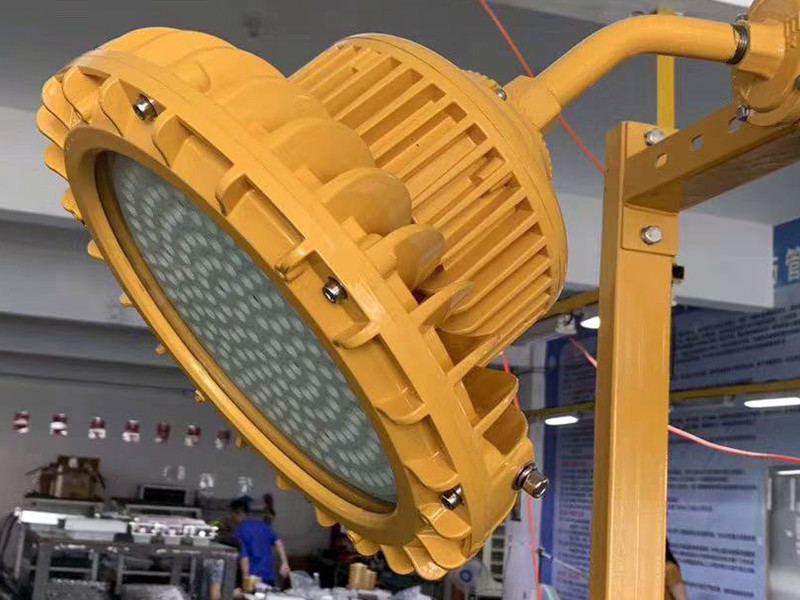Kiate kinautolu ʻoku ʻikai ke nau maheni mo e ngaahi maama ʻo e fakamoʻoni fakaʻauha, ʻe lava ke fakalotosiʻi hono fili ʻo e tokotaha totonu, faʻa iku ki ha fakatau ʻoku fakamamahi ʻo e ngaahi koloa maʻulalo. Ko ia, ke taʻofi e faʻahinga mishaps pehee, it’s crucial to research and understand how to choose the correct LED explosion-proof lights.

Ko e ha e ngaahi moʻoniʻi meʻa ʻoku ne fakahaaʻi e tuʻunga lelei ʻo e koloa?
Three main aspects should be considered: the light’s cooling system, the type of chip used, and the driver power configuration. Many people prioritize low prices, but this often means compromised quality. For a TATAKI e maama ʻo e fakamoʻoni fakaʻauha that meets performance standards, high-quality components are essential.
Important Considerations for Explosion-proof LED Lighting:
The selection, fola, fakaʻaongaʻi, and maintenance of explosion-proof LED lights are critical to ensure their long-term safety, ala falalaʻanga, and efficiency.
1. Selection: Individuals responsible for selecting these lights should understand the fundamental principles of explosion-proof lighting and be familiar with the relevant explosion-proof certifications.
2. Classification and Type: Choose the explosion-proof category, taipeʻi, tuʻunga, and temperature group according to the level of fakafepakiʻi hazard in the area.
3. Environmental Conditions and Requirements: Consider the conditions and requirements of the environment where the light will be used. Hange ko ʻeni, outdoor explosion-proof lights should have a minimum protection level of IP43. In places where color distinction is crucial, avoid high-pressure mercury and sodium lamps as they have poor color rendering.
4. Product Information: Read the product manual thoroughly to understand its performance, precautions, and limitations. Pay attention to markings like “x” after the tohi fakamoʻoni ʻo e fakamoʻoni fakaʻauha number, indicating specific application areas for the light.
How to Choose a Quality LED Explosion-proof Light?
With the significant presence of LED explosion-proof lights in the industry and the vast array of options available, it’s essential to know how to identify high-quality ones.
Tohi fakamoʻoni: Look for lights with explosion-proof certification, an essential credential for any explosion-proof lighting.
Light Distribution: Assess whether the lighting is well-distributed. Lights with low brightness, limited coverage, significant disparity between power and performance, or poor distribution should be avoided.
Polokalama mokomoko ʻo: Evaluate the light’s cooling system. Inadequate cooling can lead to reduced lifespan and efficiency.
By considering these factors, you can make a more informed and satisfactory choice when selecting LED explosion-proof lighting.
 Shenhai e fakamoʻoni fakaʻauha
Shenhai e fakamoʻoni fakaʻauha
